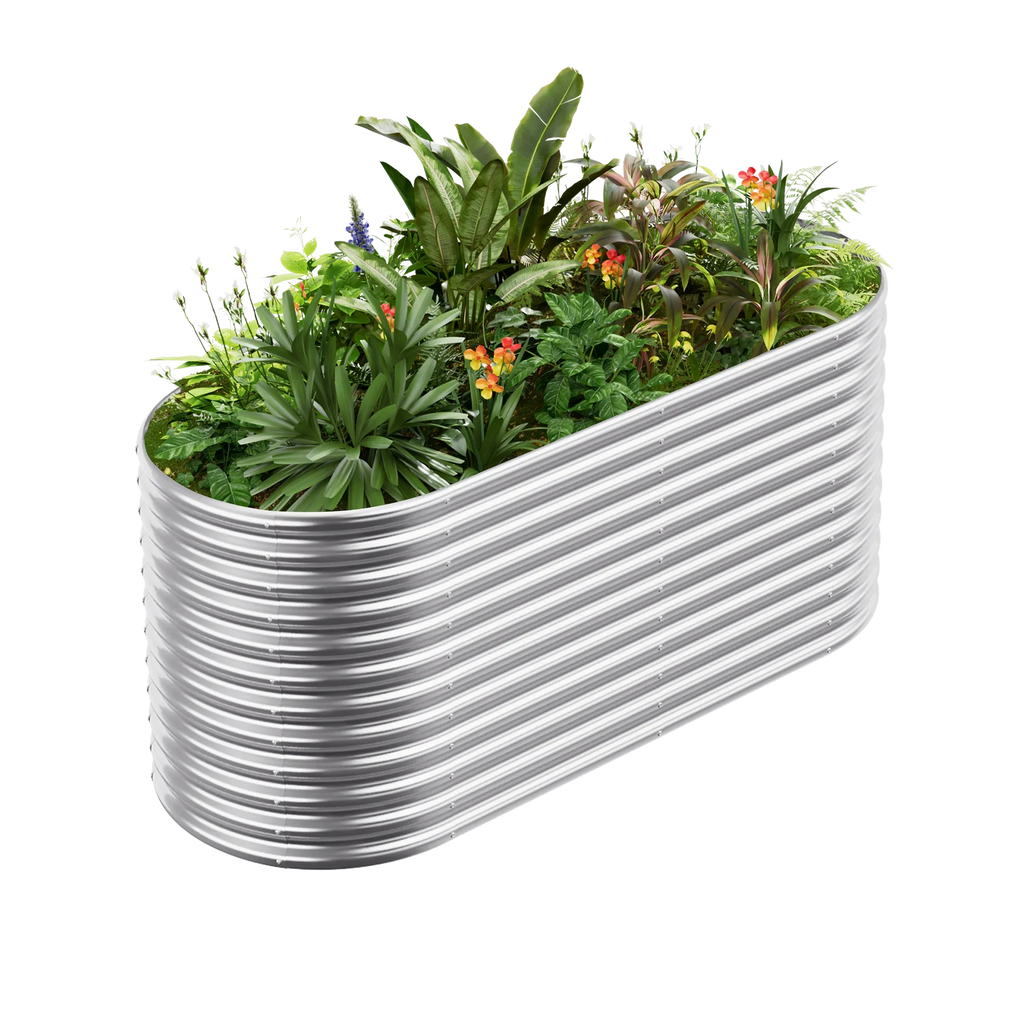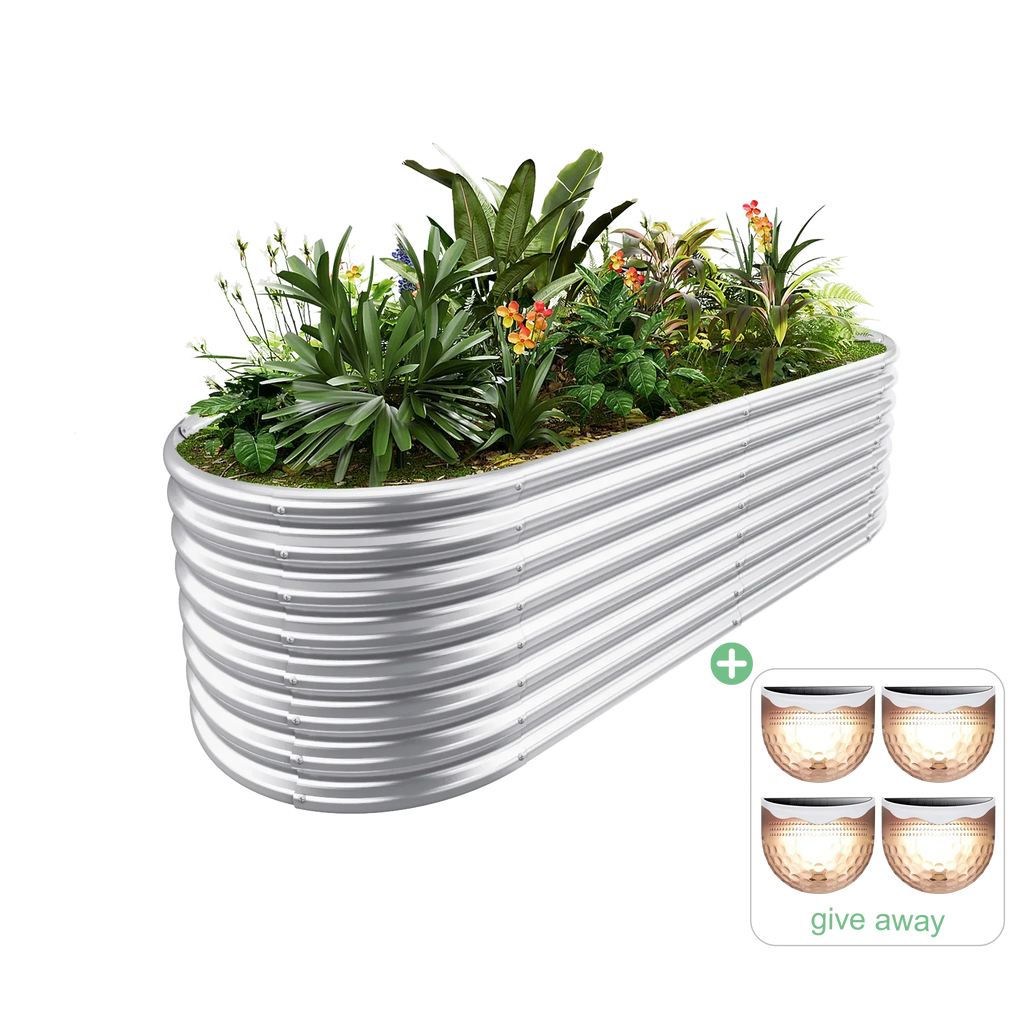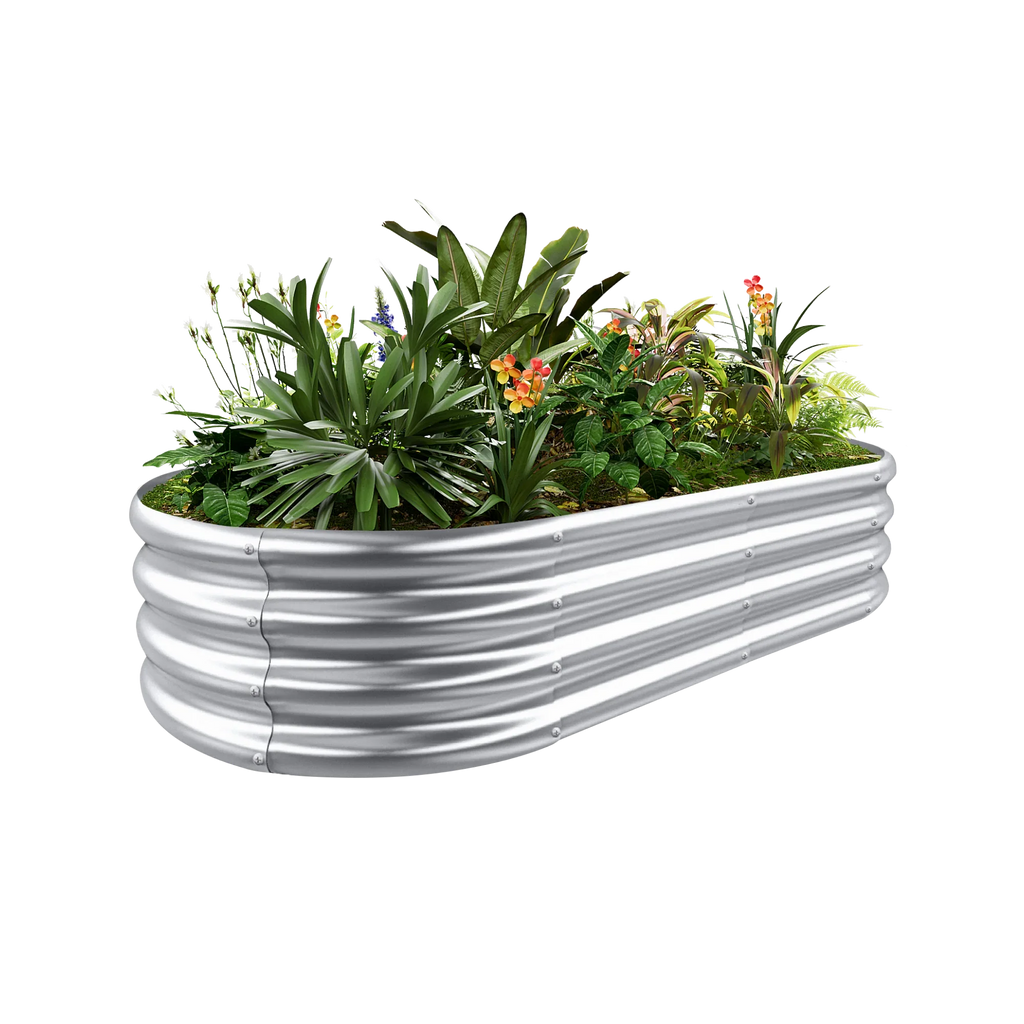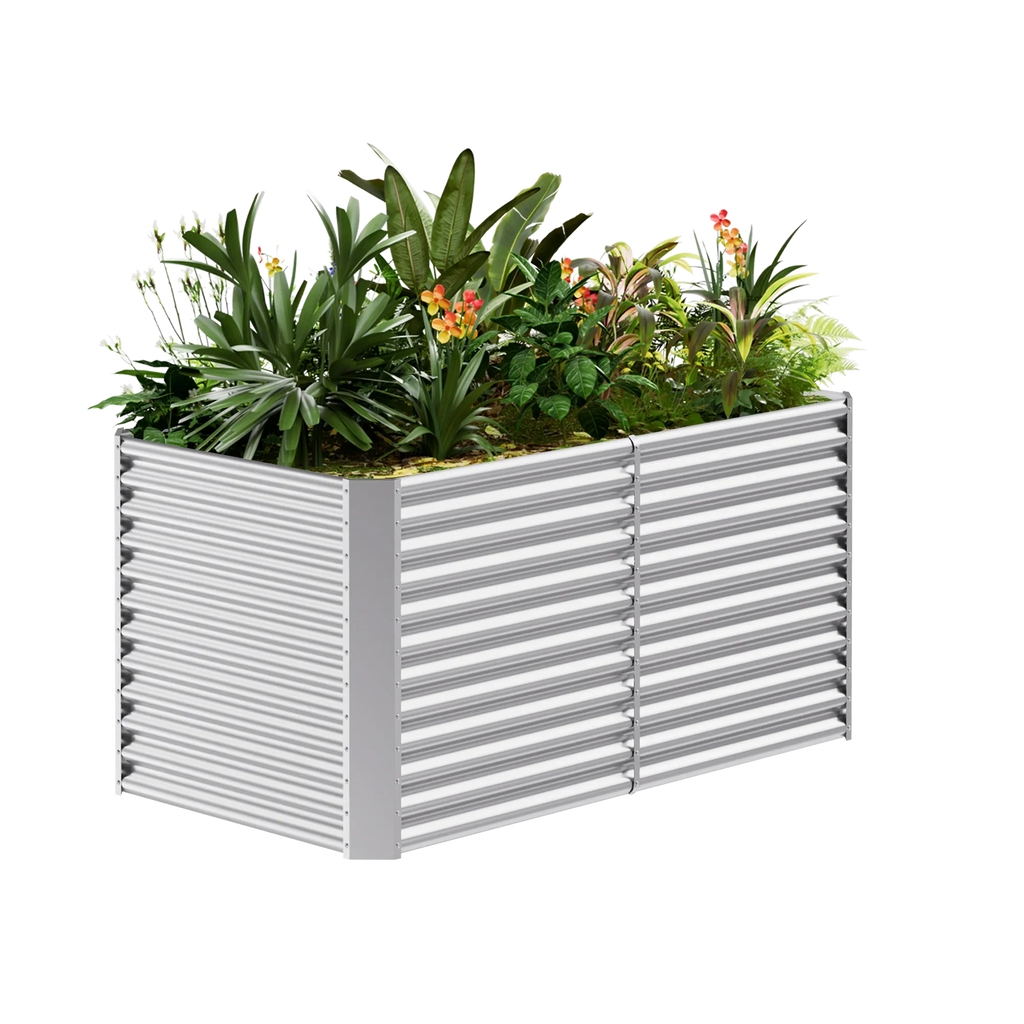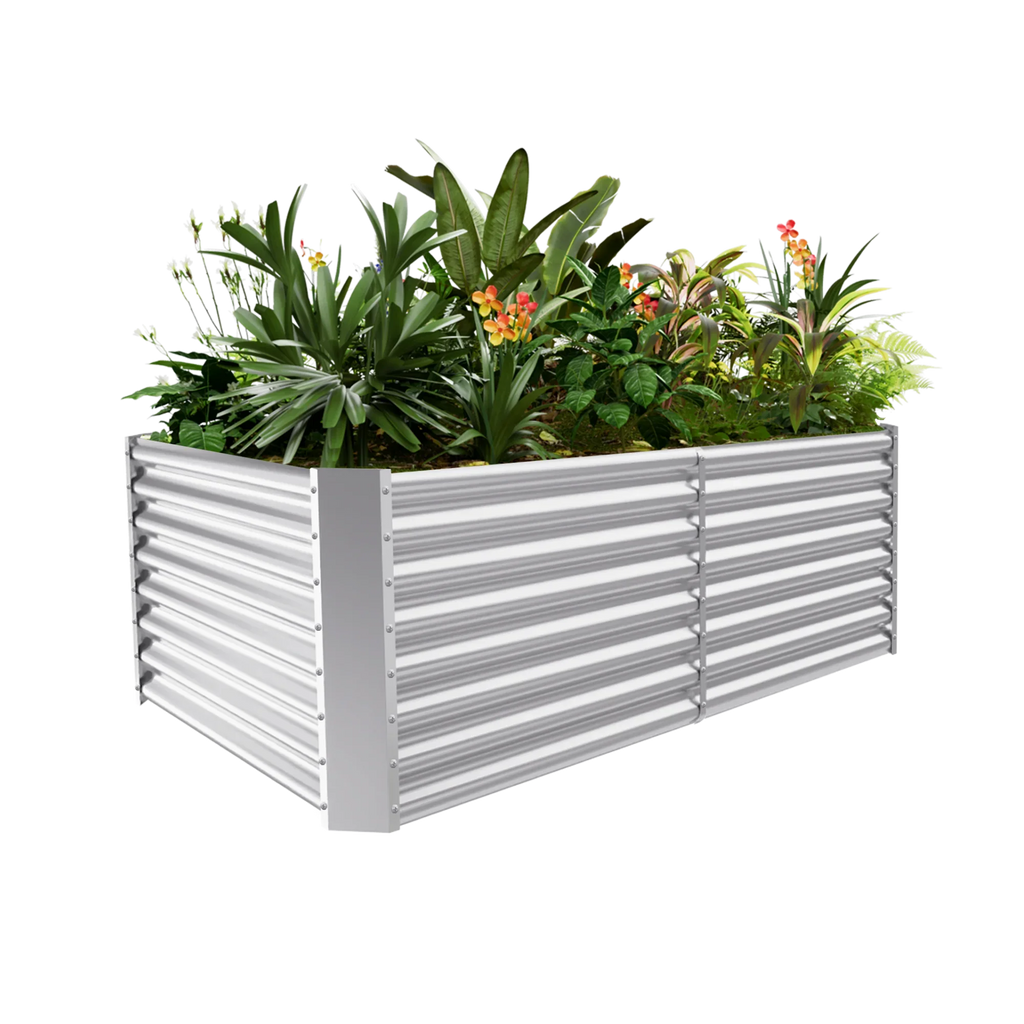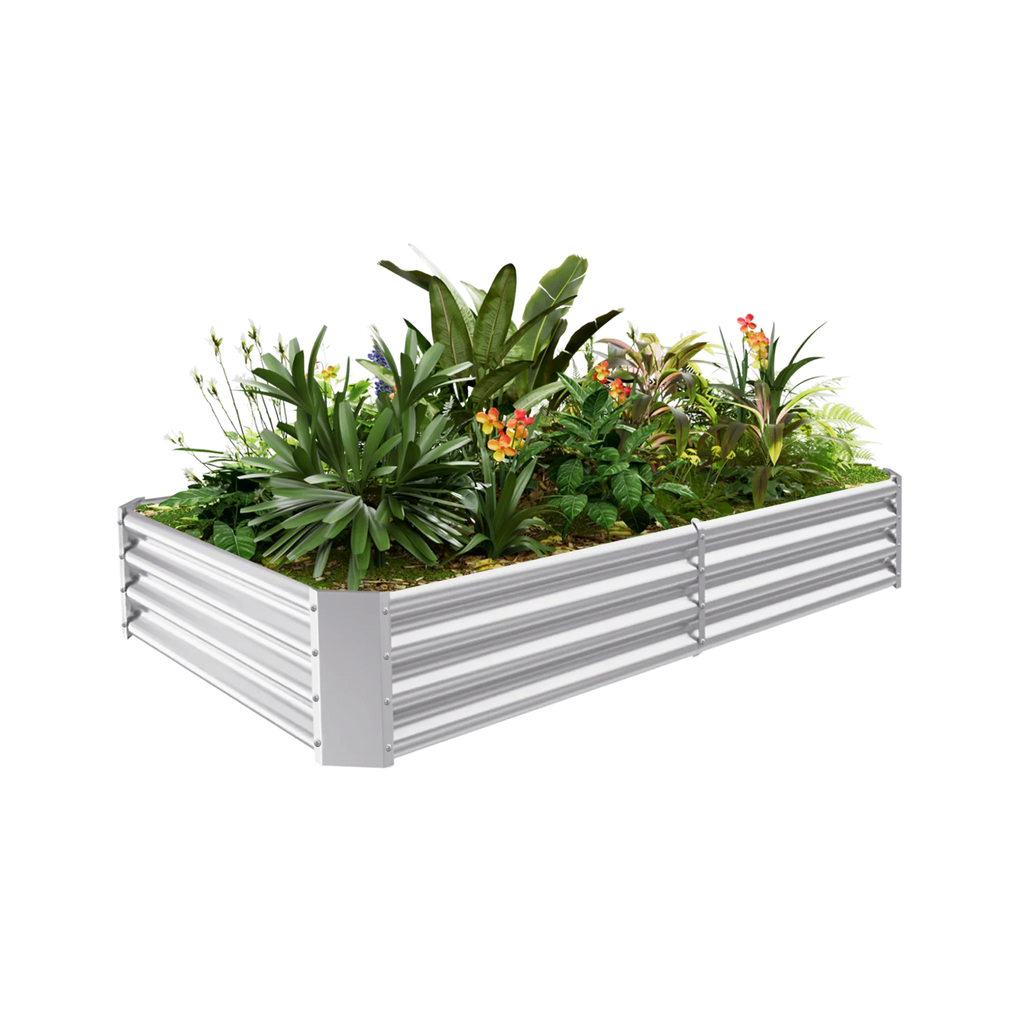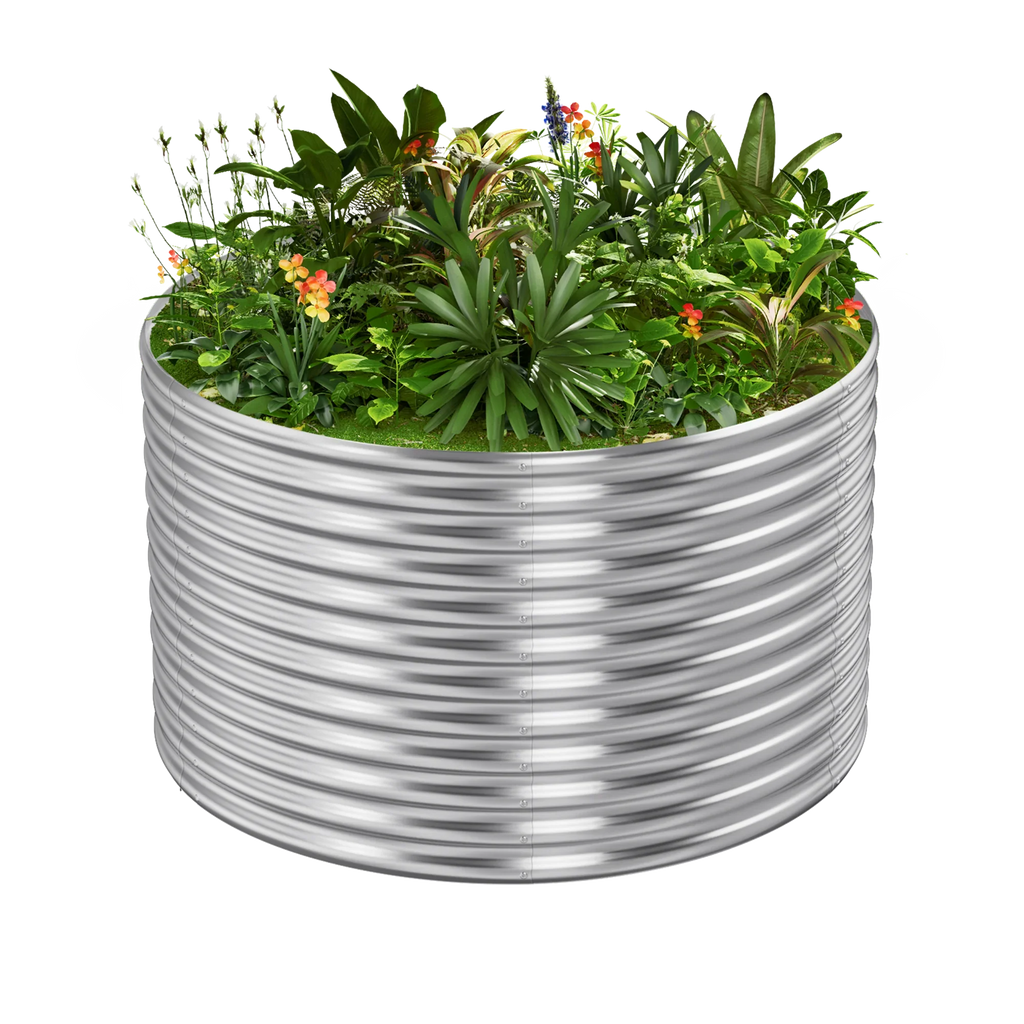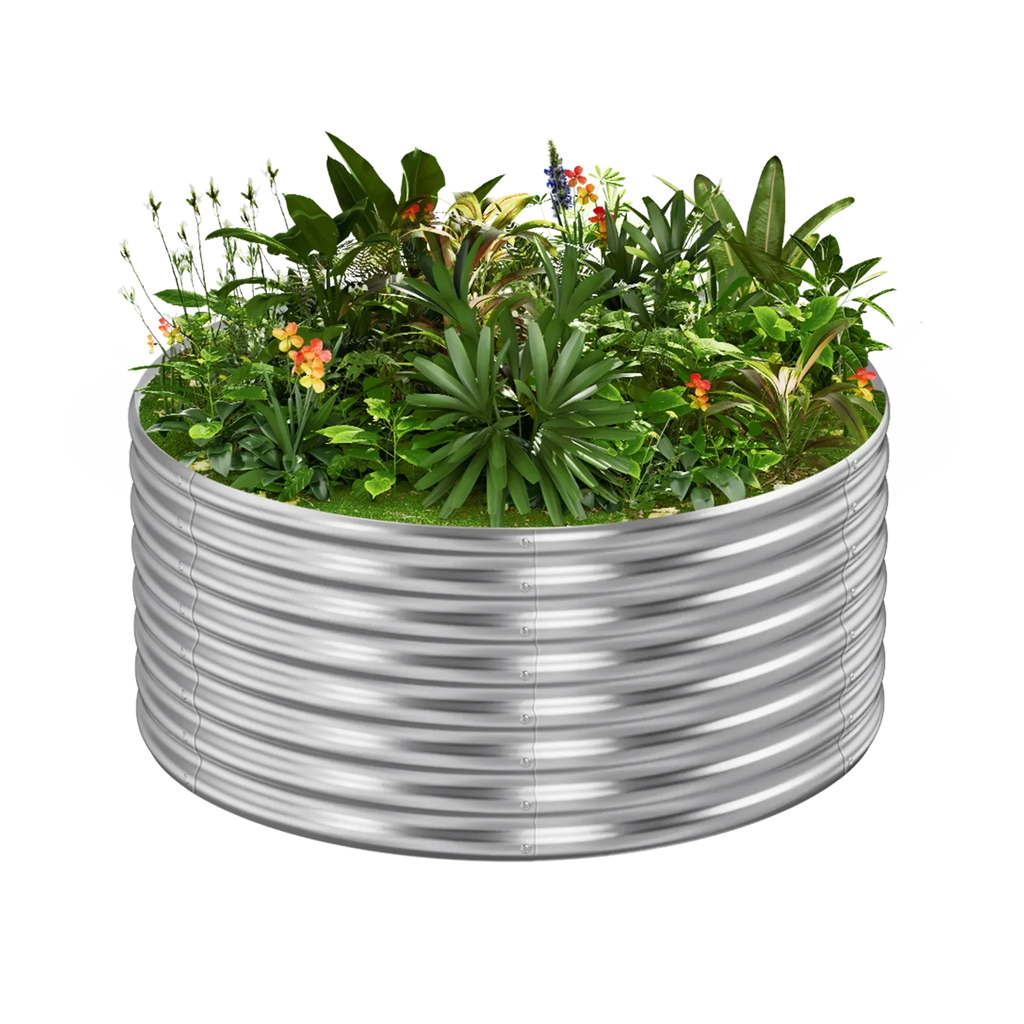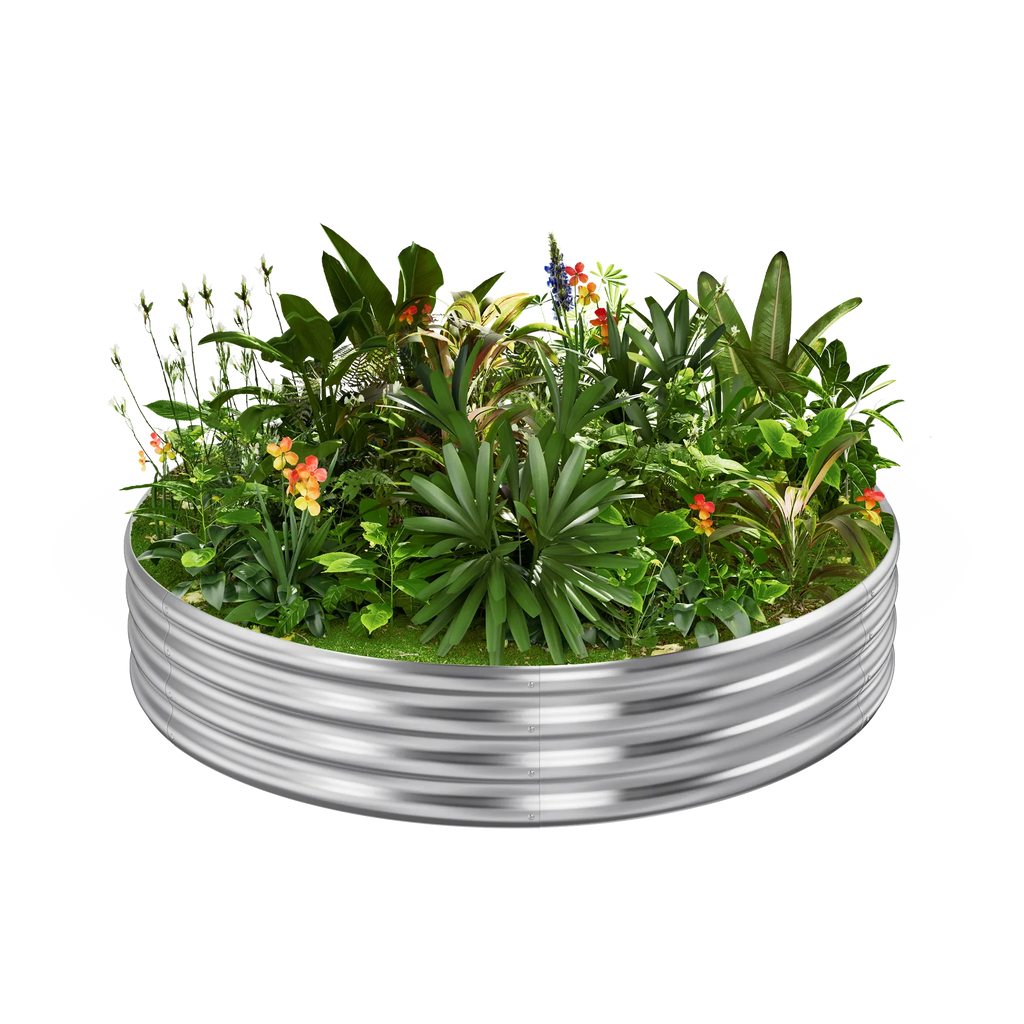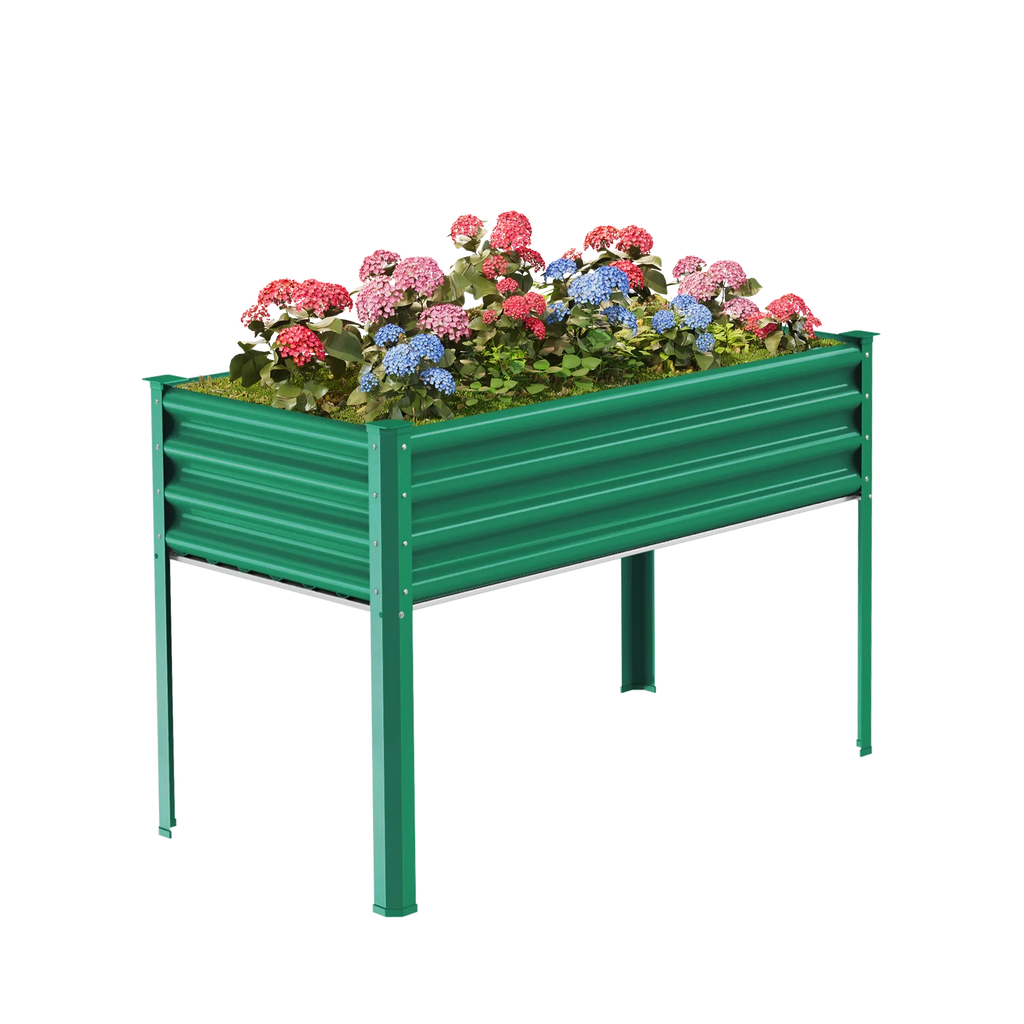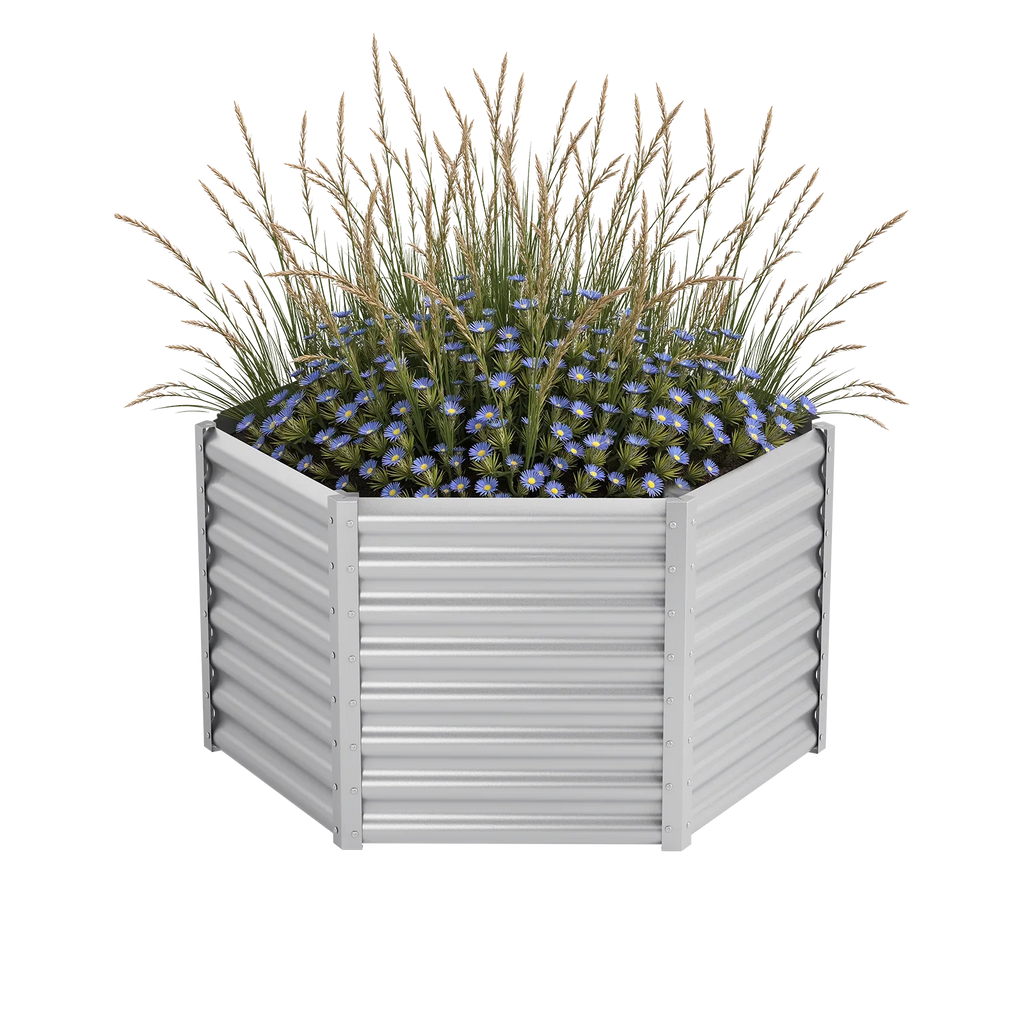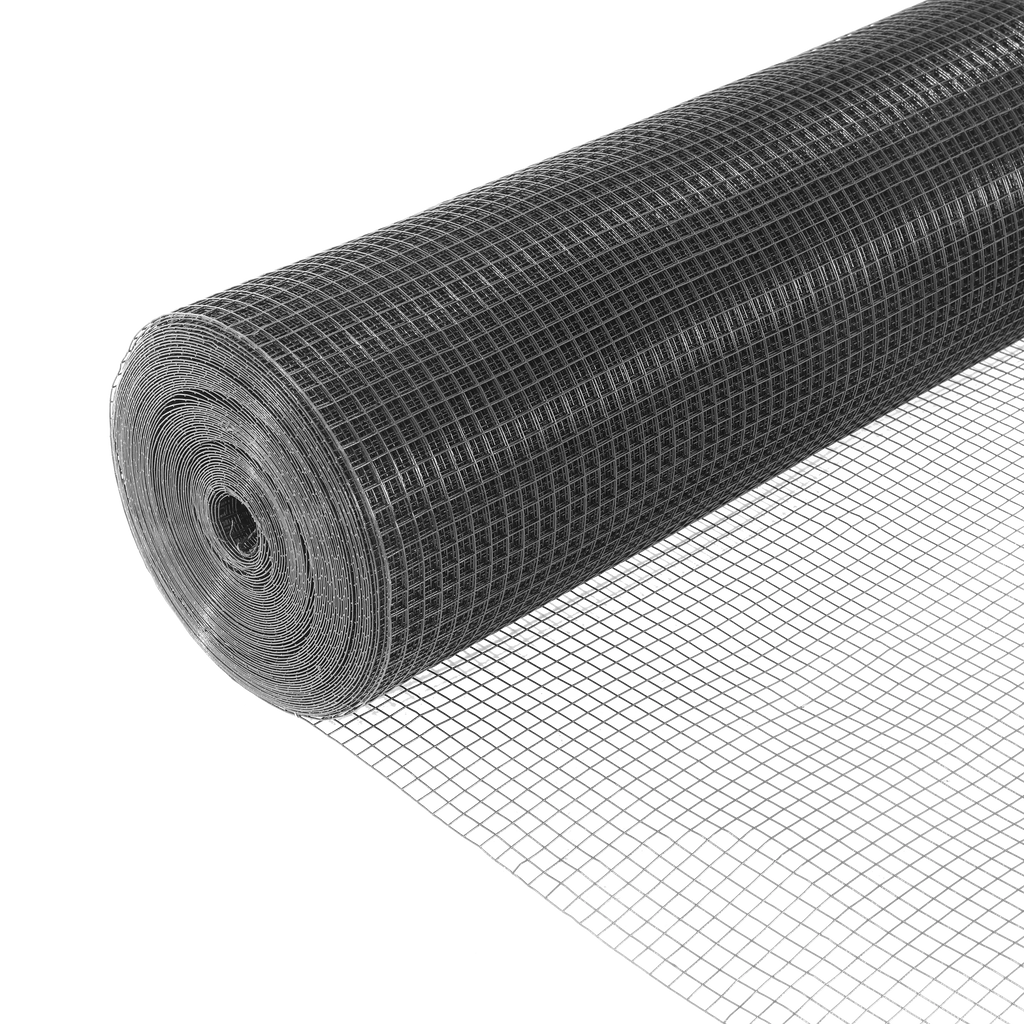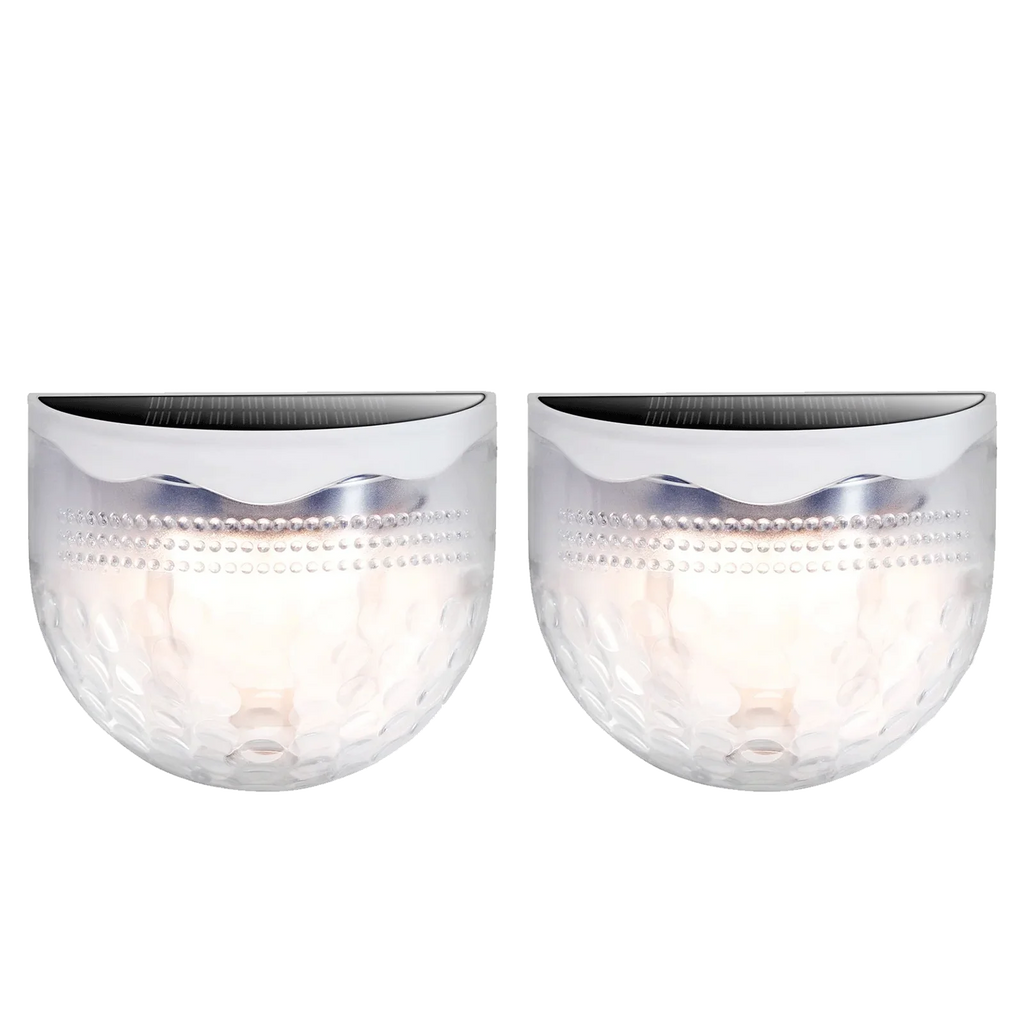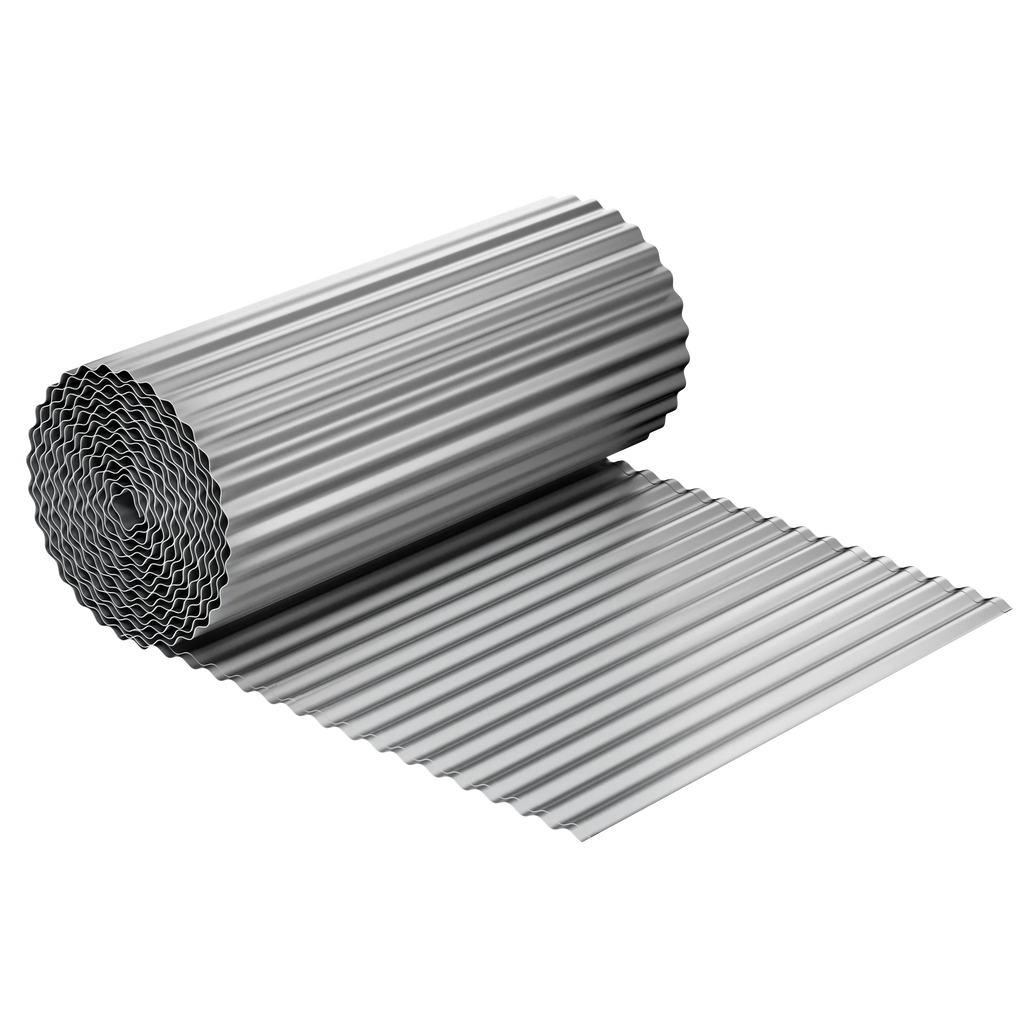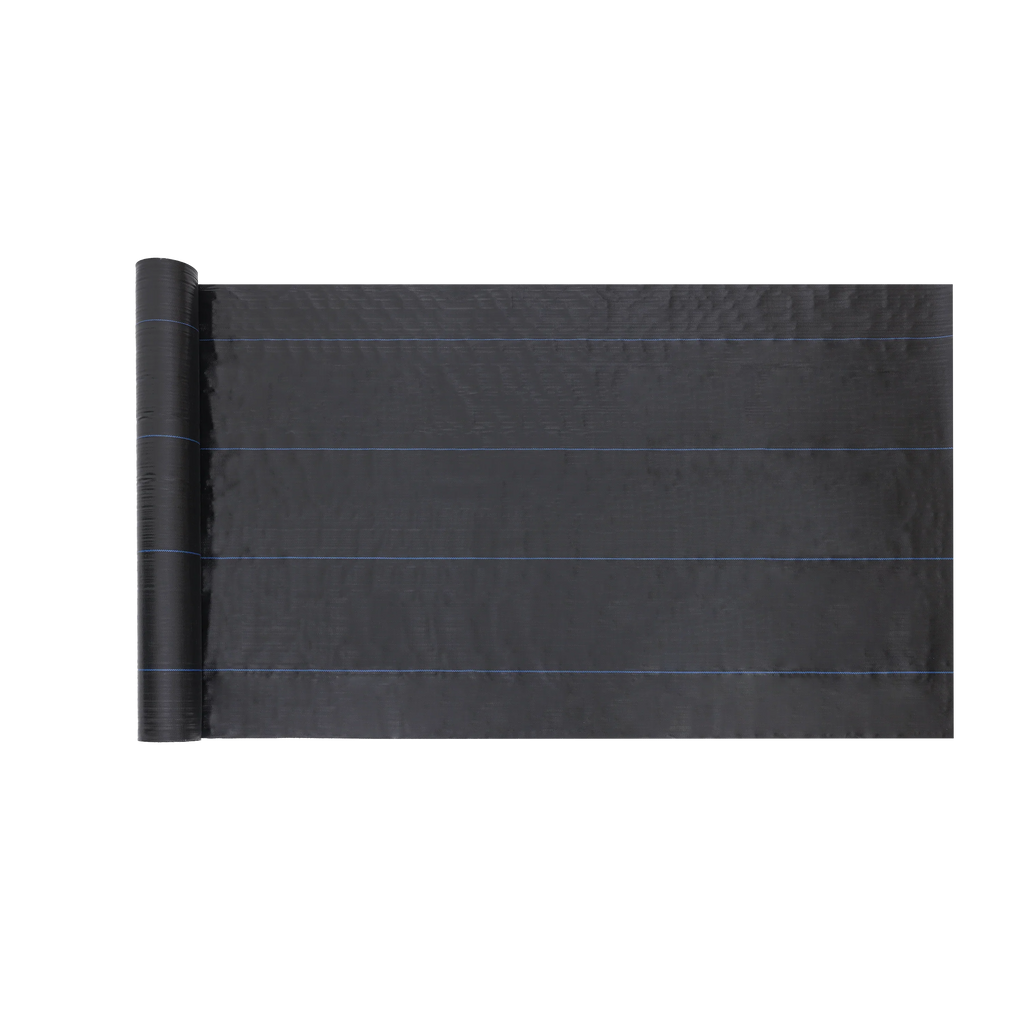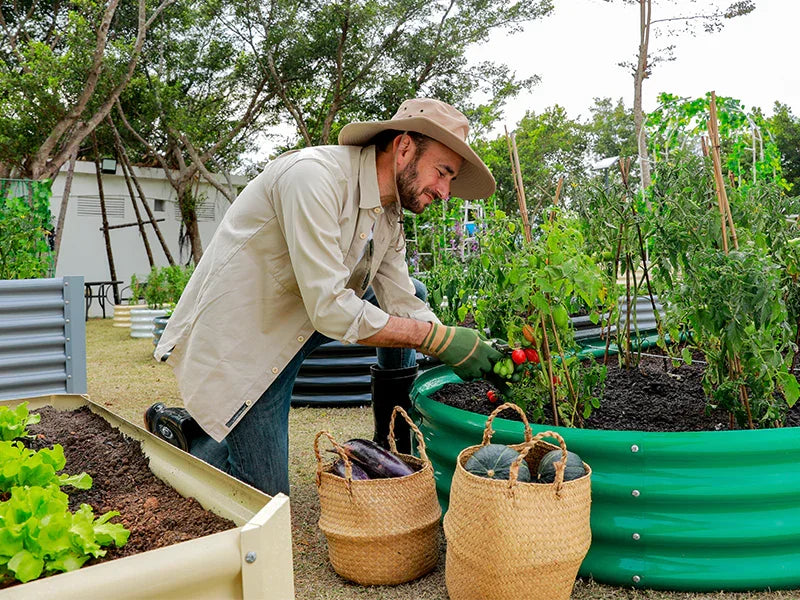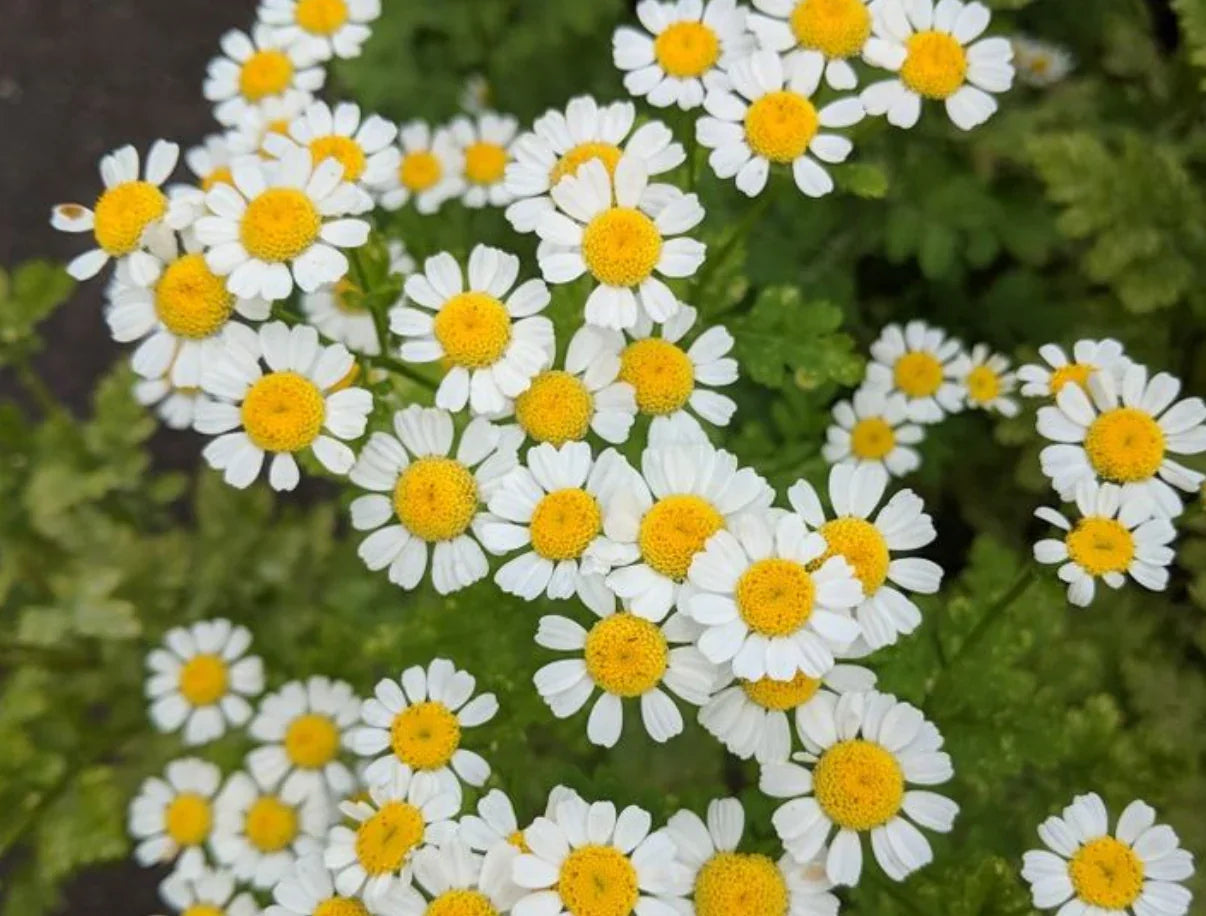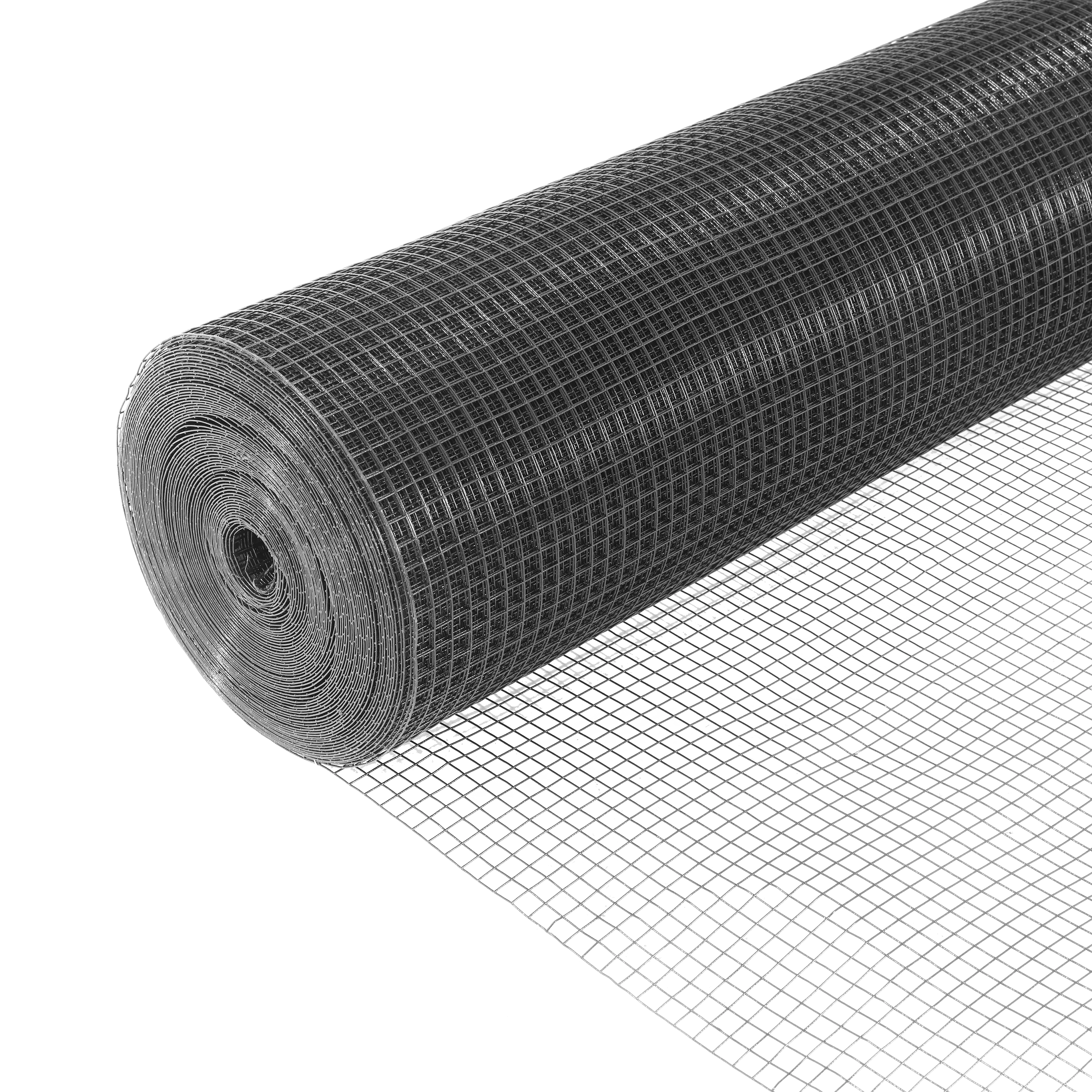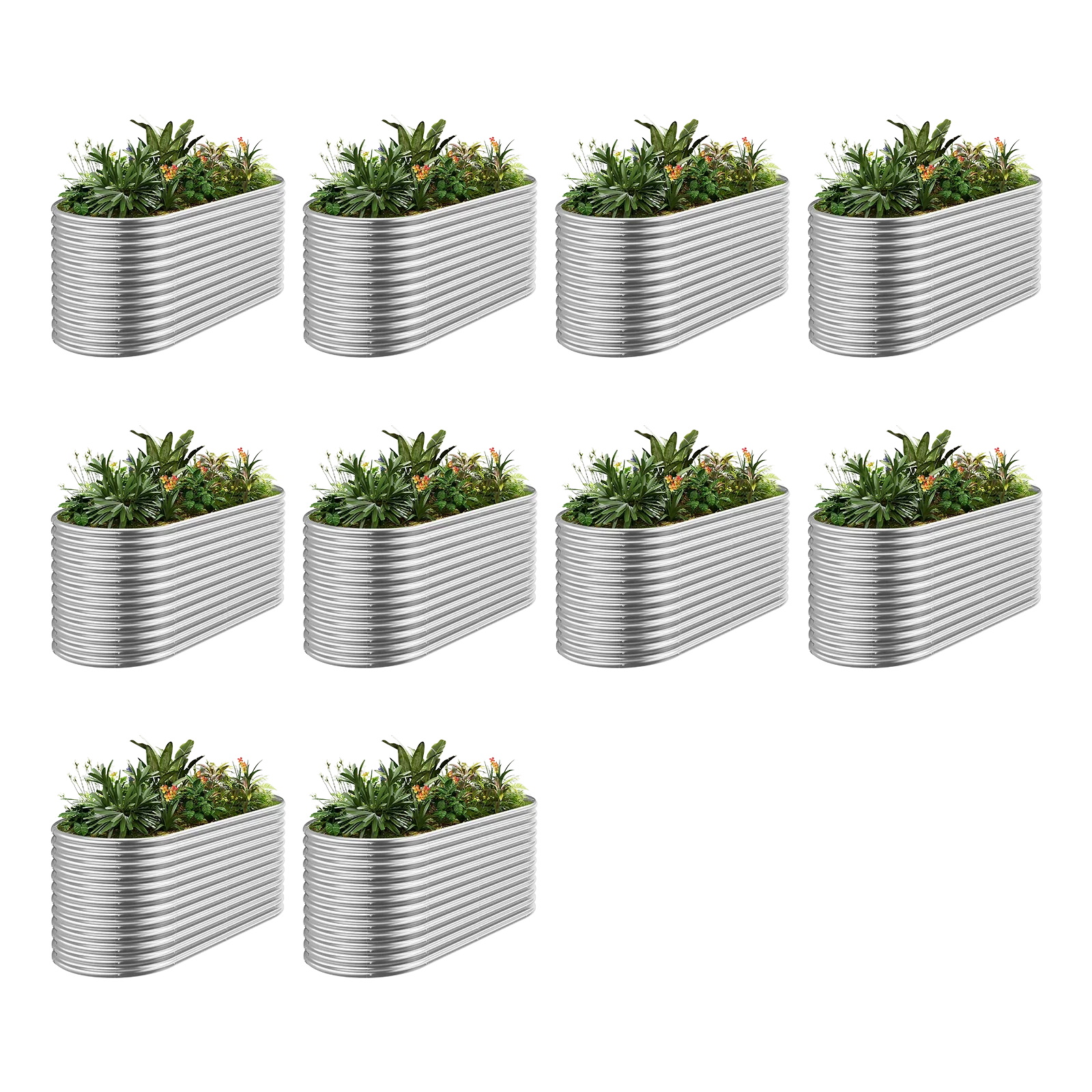spring tulips poking through the soil, summer lavender buzzing with bees, and autumn chrysanthemums glowing in the crisp air—all without replanting every year. That’s the promise of perennial flowers, the low-maintenance stars of any garden. For American gardeners craving beauty without the hassle, a garden bed is the perfect stage. A raised garden bed like LandGuard makes planting easy, durable, and stunning, no matter your climate. In this guide, we’ll show you how to fill your garden bed with perennials that bloom season after season, plus tips to design a yard you’ll love year-round.
The Appeal of Perennials and Garden Bed Benefits
Perennials are the gift that keeps on giving. Plant them once, and they return each year, tougher and more vibrant. They’re built to withstand America’s wild winters and hot summers, saving you time and money. Pair them with a garden bed, and the perks multiply. Raised garden beds offer stellar drainage—crucial for perennials’ deep roots—and keep pests like rabbits at bay. Whether you’ve got a tiny patio in Chicago or a sprawling yard in Georgia, a garden bed turns any space into a blooming oasis with minimal fuss.
 Seasonal Perennials for Your Garden Bed
Seasonal Perennials for Your Garden Bed
Want flowers all year? Here’s a seasonal lineup for your garden bed:
· Spring: Tulips bring early cheer with reds and yellows, thriving in the cool, moist soil of a garden bed.
· Summer: Lavender fills your raised garden bed with purple spikes and a soothing scent, loving the sun and well-drained conditions.
· Fall: Chrysanthemums (mums) burst into oranges and purples, shining in your garden bed as the days shorten.
· Year-Round: Coneflowers stretch from summer to fall, their bold petals a magnet for butterflies in any garden bed.
These picks adapt to U.S. zones 3-9, making your garden bed a four-season showstopper.
Designing a Diverse Garden Bed
A garden bed isn’t just for planting—it’s for creating. Mix tall coneflowers at the back, mid-height lavender in the middle, and low-growing tulips up front for a layered look. Play with colors—pair purple mums with yellow tulips for contrast. The flexibility of a LandGuard garden bed lets you divide it into zones: one for summer stars, another for fall favorites. Add a stepping stone or two, and your garden bed becomes a focal point that draws gasps from neighbors. It’s beauty meets function, all in one raised garden bed.
Planting Steps and Soil Prep
Timing is key for perennials in your garden bed. Plant in spring or fall when the weather’s mild—March or September works across most U.S. states. Dig holes twice the root ball’s width, spacing plants 12-18 inches apart for growth. Set roots at soil level and firm them in. For soil, mix compost with garden soil and a handful of organic fertilizer—your garden bed needs this rich base to feed perennials for years. Fill your raised garden bed to about 8-12 inches deep, ensuring drainage keeps roots happy. A quick trip to Home Depot gets you everything you need.
Low-Maintenance Care Tips
Perennials in a garden bed practically care for themselves. Water deeply once a week—less if it rains—letting the raised garden bed’s drainage prevent soggy soil. Trim dead blooms in late fall to tidy up, and spread mulch (like bark or straw) to lock in moisture and block weeds. Your garden bed cuts weed battles in half thanks to its height and contained design. Skip heavy fertilizers—perennials thrive with just a light compost top-up each spring. It’s gardening that fits into your busy life, not the other way around.
Common Issues and Solutions
Even in a garden bed, hiccups happen. Poor drainage can rot roots, but a raised garden bed naturally fixes that—elevate it higher if needed. Aphids might visit; a gentle soap spray sends them packing without harming blooms. If plants look sparse, check sunlight—relocate your garden bed to a brighter spot. With LandGuard’s sturdy build, your garden bed stands up to weather and pests, keeping perennials safe and thriving.

